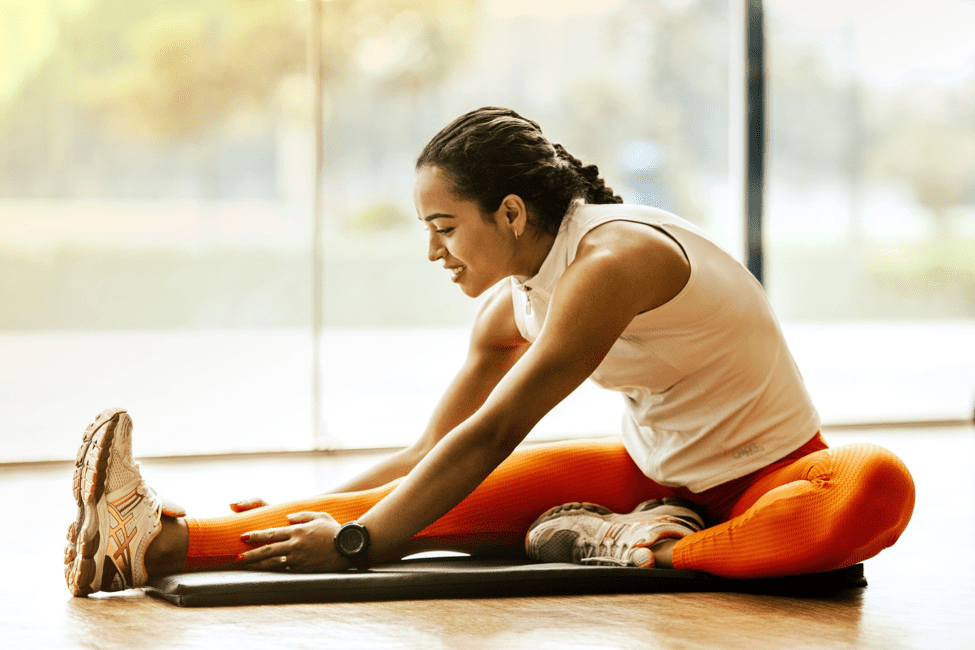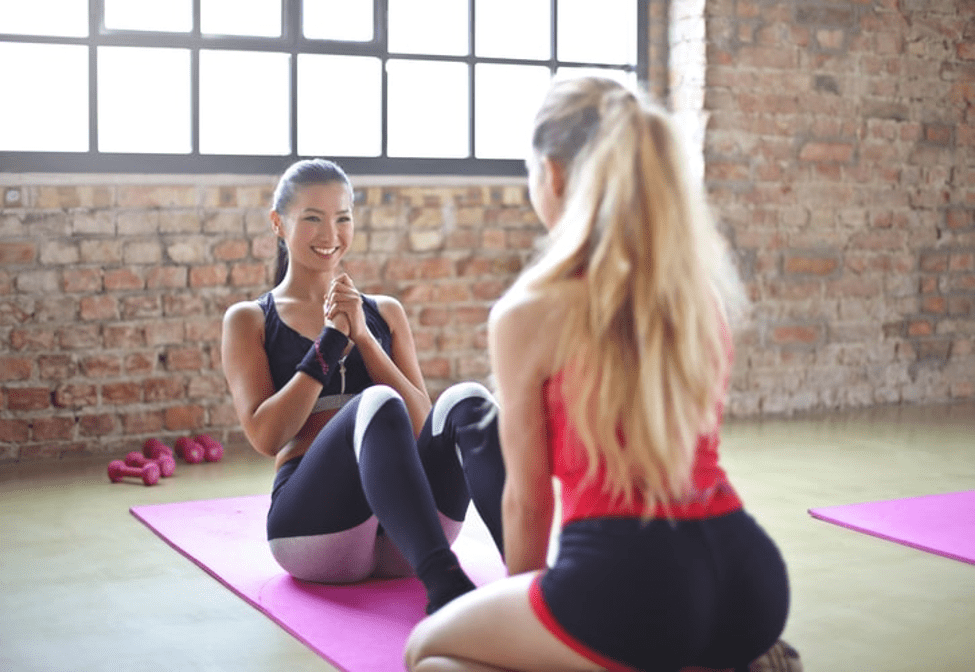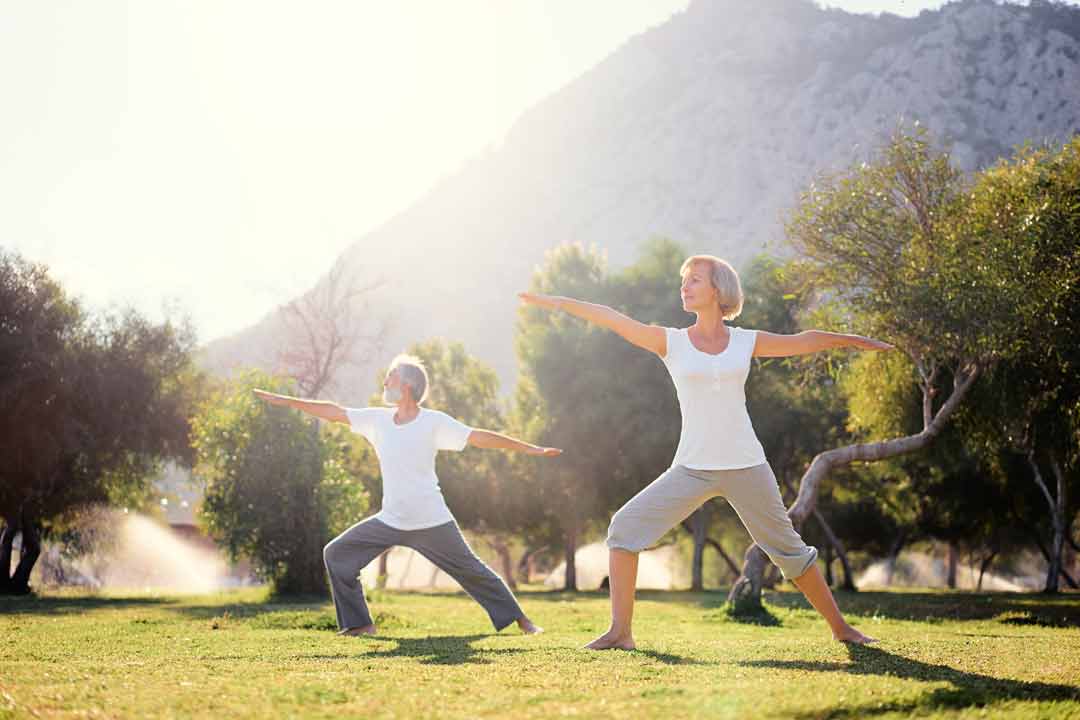Physical Vs Mental Fitness
There is but one way to live life to its fullest- being fit. Understanding the benefits of all-round fitness and knowing how active you should make it easier to improve the overall quality of your life. To help you live better, here’s how you can benefit from mental and physical exercise regardless of your age, sex or physical ability.
When talking about fitness, both mental and physical fitness come into play. More often than not, physical fitness gets plenty of attention, and for a good reason. A healthy body can counter conditions such as heart disease and diabetes, and help you maintain confidence as you age.
However, mental fitness is just as important as physical fitness, and should not be neglected in your self-betterment plans.
Mental fitness means having a brain and emotional health in tip-top shape. It may not necessarily mean training to ace an IQ test, but a series of exercise that helps slow down, decompress and boost a flagging memory.


Aerobics (cardio)
Aerobics involves maintaining an increased heart rate for an extended period of time. Types of cardio exercises include running, swimming, biking, rowing, dancing, and jumping rope.

Strength
Also called Resistance Training. It’s a physical activity with the purpose of increasing muscle strength and mass. Examples include weightlifting, dumbbell and bodyweight exercises.

Balance
This is where you activate your abdominal muscles for stability and control of your body. Balance exercises can include yoga, tai chi and stability ball exercises.

Flexibility
Bragging about how much you can bench is no fun if you have trouble tying your shoes. Flexibility saves you from tight hips, hamstrings, hip flexors and makes you as strong as you can be.

Why you need to be fit and importance of physical fitness
Weight control leads you towards fitness
Along with diet, exercise plays an essential role in managing your weight and preventing obesity. To maintain your weight, the calories you are taking must equal the energy you burn. To lose weight, you must utilize more calories than you eat and drink.
Manage your sugar and insulin levels
Exercise can reduce your blood sugar level and help your insulin work effectively. This can lower your risk for metabolic syndrome and type 2 diabetes. And if you already have one of those diseases, exercise can help you to maintain it.
Feel Happier through fitness
Exercise has been shown to improve your mood and reduce feelings of depression, anxiety, and stress. It produces variations in the parts of the brain that control stress and anxiety. It can also boost brain sensitivity for the hormones serotonin and norepinephrine, which relieve feelings of depression.
Better Mental Health and fitness
Regular exercise can have an extremely positive influence on depression, anxiety, ADHD, and more. It also relieves stress, increases memory, helps you sleep better, and boosts your overall mood. You don’t have to be a fitness fanatic to reap the benefits – browse through our site and discover how to reap these benefits.
How to Achieve Mental Fitness
Be positive with yourself and improve your fitness
Affirmation, or positively talking to yourself, involves strengthening neural pathways to bring your self-confidence, well-being, and satisfaction to a higher level. To start, make a list of your good qualities. Remind yourself that you don’t have to be perfect. Set goals for what you want to make better and start small to avoid becoming confused.
Stop Multitasking
Many think that multitasking enables you to get more things done at once, but it creates more problems than it solves. Focusing on one task at a time will improve your concentration and help you to be more productive.
Try Something Different
New practices can also set you on the way to mental fitness. You can fit new approaches into your daily life by trying new foods, new ways to accomplish routine tasks, traveling to new places or trying a new route to the grocery store.
Read More
Reading is great for your brain. Your brain processes every word you read, including this one. Beyond the mechanics, reading helps you visualize the subject matter on the pages before you, and imagine what voices sound like in the written dialogue.
This can also be a great relaxation technique
Top Fitness Tips for Mental and Physical Exercise.
General physical fitness and targeted exercises to improve stability can prevent falls. But so can staying mentally ready to maintain brain health. A sharp mind helps you to think — and stay — on your feet. Join us and learn to strike a balance.
No Results Found
The page you requested could not be found. Try refining your search, or use the navigation above to locate the post.
150 Exercises You Can Do
As a bonus, we are giving a free fitness exercise ebook to start your healthy lifestyle
A-to-Z Guide to Finding Balanced Energy

However, when it comes to nurturing our bodies, not many people think about how much they put into their bodies and what the body needs to stay healthy. In this article, we take sneak peek into what energy balance is and why it is essential to understand it for better weight management.
What is Balanced Energy ?

Energy balance equation: Energy in (calorie input) – Energy out (Calorie output)
What you eat and drink is CALORIES IN, whereas what you burn through physical activity is CALORIES OUT. While you burn a few calories by merely breathing air or digesting food, you also flush out more calories through exercise or daily activities such as walking to the bus stop, going shopping, etc.
That’s why people who are more active physically burn more calories than those who are relatively leading a sedentary lifestyle.
The same amount of CALORIES IN and CALORIES OUT
overtime = Weight remains the same
More CALORIES IN than CALORIES OUT over time = Weight gain
More CALORIES OUT than CALORIES IN over time = Weight loss
How will I know my Energy Balance?

Some experts compare this idea of “calories in” and “calories out” to that of a bank account. If you deposit more money than you take out, it is evident that your account will grow in size. Likewise, if you consume more calories than you burn, you will only gain more weight over time.
While each one of us has different caloric requirements, it is best to find your energy balance by calculating the number of calories using this calculator recommended by the American Cancer Society according to your age and activity level. Then, apply your findings to the Energy balance equation and take a look at the result. You’ll have a positive energy balance, a negative energy balance, or a neutral balance.
- Neutral Balance: If you’ve juggled between your diet and exercise well, and end up with a ‘ZERO’ after calculating your energy equation— Kudos, you’ve found yourself a neutral energy balance. As this state means you’ll not gain or lose weight, it is perfect for those who are in the weight control phase of their weight loss journey.
- Positive Energy Balance: If your energy equation ends up with a positive number, then you’ve found the right balance needed for weight gain. This is a primarily healthy state for pregnant women, children, and those who are trying to bulk up!
- Negative Energy Balance: Last but not least, if your equation puts forth a negative number, you’ve stuck the desired energy imbalance for weight loss. While this state is called the energy deficit, it is also a ‘reward in disguise’ for those looking to slim down.
Changing Energy Balance to Lose Weight

Weigh Yourself
The best way to start tracking your ‘energy balance’ is to weigh yourself regularly. Doing so will help you pinpoint if you are losing, gaining, or staying at almost the same weight over time.
If you’re like most people, you probably don’t keep a vigil at your calorie intake! Whilst fixating on calories is arguably a lot of hassle, did you know that a few simple measures like reading food labels, maintaining a food journal, or minding your portions can take you a long way ahead! How may you ask? By making you more aware of what you eat.
For example, if you had to keep a record of all the food items you eat and drink each day, wouldn’t you be able to track what exactly you are putting into your body easily? As a result, you can deal with your hunger pangs more decisively and keep a check on overeating. (Still not sure how to beat hunger? Read our detailed guide to know more about science-based ways to curb your appetite naturally)

Eating low-energy-dense foods
If you are trying to achieve energy balance, it is essential to look at the energy density of the foods you eat. Health experts define energy density as the number of calories present in a specific amount of food.
And to lose weight, your best bet is to eat foods with lower energy density— providing you with satisfying portions per gram with relatively low-calorie content. Some of the best examples are fruits, vegetables, whole grains, and plant-based proteins such as beans, peanuts, and chickpeas.

Increase your Physical Activity
So, you’ve indulged in some high-calorie foods. Why not level the score with a quick jog or brisk walk around the block? Whilst it is paramount to compare calories burned with those consumed, you can change your energy balance by merely incorporating a few gentle movements. From resistance training with light weights to the following yoga or stretching routine, you can burn a few hundred extra calories with a simple workout to reach your ‘balanced energy’ goal!
To get rid of stubborn belly fat, and feel the results in no time, check out our detailed diet and exercise guide to weight loss.
Other Articles you may like.
Register Now
Sign up today and Get Expert Fitness Advice Right delivered right in your mail


